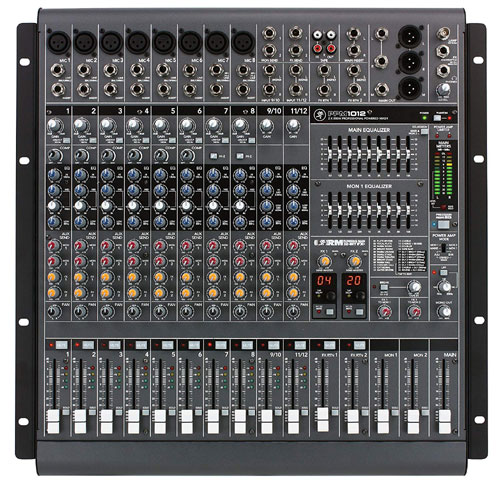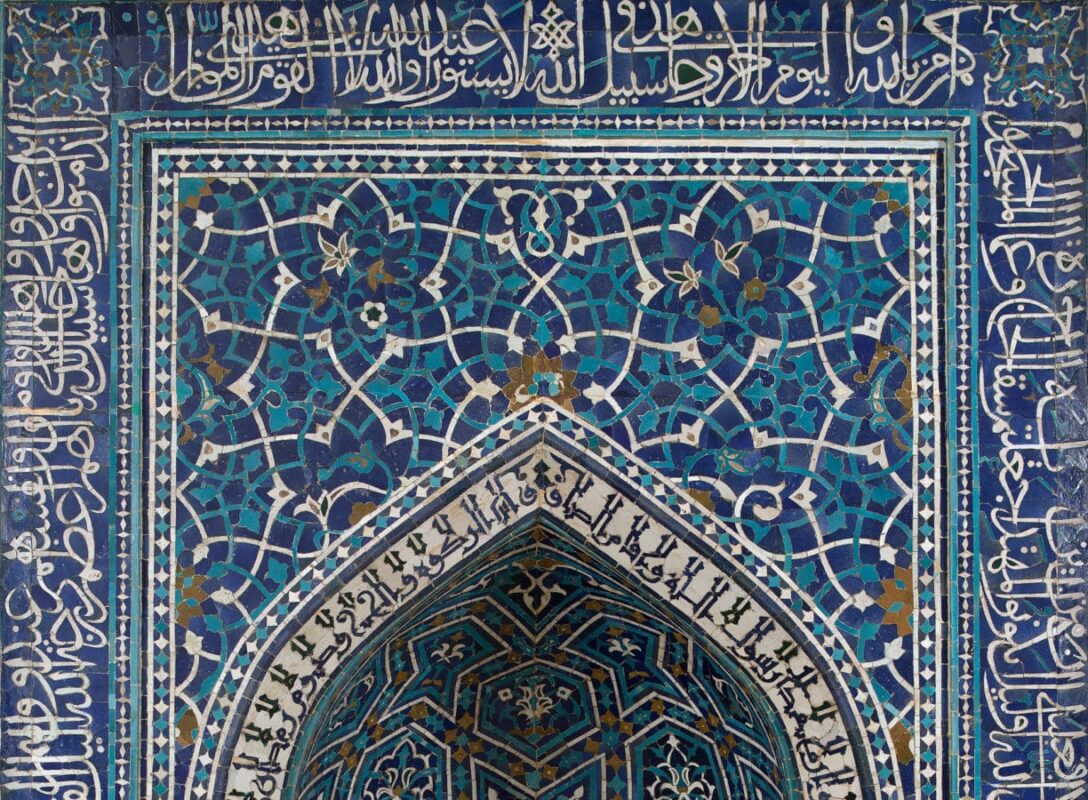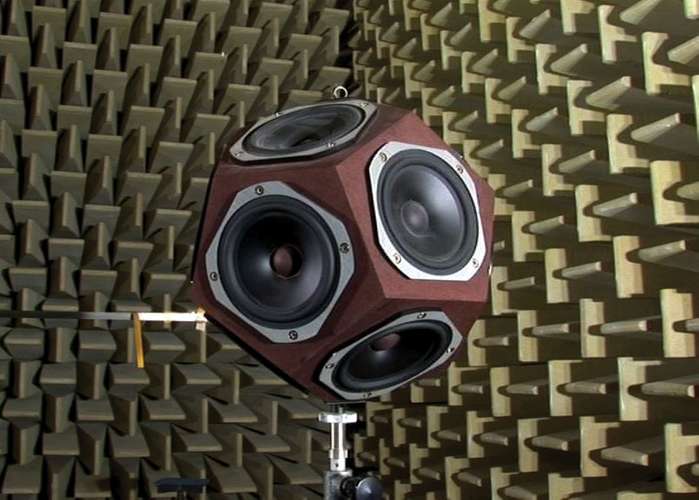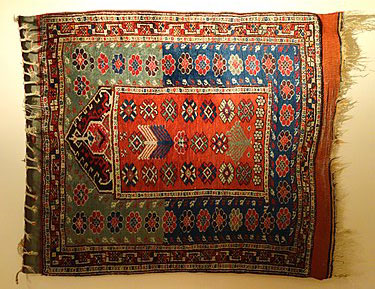
SOUND SYSTEMS IN MASJID AND MOSQUE
Before start exploring the Sound Systems in Masjid and Mosque, it would be very useful to introduce the different worshiping activities in such spaces, while they might be needed to adjust the acoustical parameters of mosques by being fully aware of the different activity inside it. Worshiping activities within mosques are quit different than any other worship space what makes it require different spatially designed sound system and constructional acoustical considerations.
Masjid sound according to the mode of worship ;
Prayer mode and Preaching mode.
Prayer mode comes in two different types called Group prayer and individual prayer. Group prayer is performed in four different consequent worshiping positions and they are standing, bowing, prostrating, or sitting behind the Imam all looking toward the qibla wall , on the same floor level, aligned in rows parallel to the qibla wall with distances around 1.2 m apart between each line. Individual prayer can be described as having the same worshipping acts as the Group prayer, but performed individually.
The second mode is Preaching mode where worshippers are seated on the floor in random rows listening to the Imam preaching or delivering the khutba (Friday Speech) while standing on the elevated Minbar floor. The Minbar floor height varies from one mosque to the other but usually is in the range of one to three meters above
the mosque floor. The listening domain for seated worshipers is believed to be 0.8 m.

Loudspeakers at Masjid and Mosque
Loudspeakers were invented in the early 20th century, and they were introduced in mosques in the 1930s, where they are used by a muezzin for the adhan (“call to prayer”), and sometimes for khutbah (sermons).
Outdoor loudspeakers, usually mounted on tall minarets, are used five times a day for the call to prayer, sometimes starting as early as 4 a.m. Some mosques have loudspeakers that are powerful enough to be heard as far as 5 km (3 mi) away. In areas where more than one mosque is present, the loudspeaker sounds overlap one another, especially in the early morning when sounds are more clearly heard. Loudspeakers are sometimes also used inside mosques to deliver sermons or for prayer.
The first known installation of a microphone–loudspeaker set occurred in 1936 in the Masjid Sultan in Singapore; it was reported that the summons to prayer could ‘carry more than a mile’. Though some mosque attendees were sceptical of this new electric system, most believed it was necessary to empower the muezzin’s voice to transcend a modern city’s noises. Electrically amplified adhans have become commonplace in countries such as Turkey and Morocco, whereas in others such as the Netherlands only 7 to 8% of all mosques employ loudspeakers for the call to prayer.












